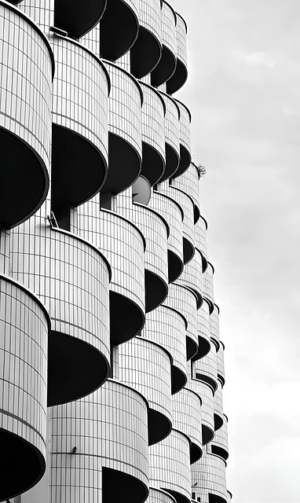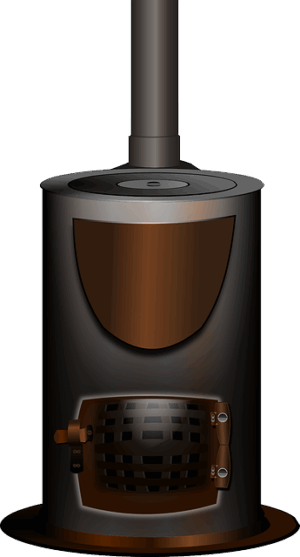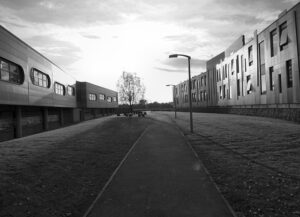Heat stratification in warehouses negatively impacts comfort and efficiency. Destratification fans use advanced air mixing to disrupt natural convection, promoting uniform temperature control and significant energy savings compared to traditional fans. These fans optimize cooling performance, enhance productivity, and reduce energy consumption, making them ideal for commercial and industrial applications. When selecting destratification fans, prioritize powerful CFM, energy-efficient designs, and strategic placement to address thermal stratification, enhance HVAC efficiency, reduce costs, and maintain a comfortable working environment in large warehouses.
In the world of efficient warehouse management, understanding heat stratification is key to maintaining optimal conditions. Heat stratification, a natural occurrence in large spaces, can lead to uneven temperatures and reduced air quality. This article explores an effective solution: industrial destratification fans. We’ll delve into how these fans combat heat stratification, discussing their role, essential features, and best practices for implementation. By the end, you’ll understand why destratification fans are a game-changer in warehouse optimization.
- Understanding Heat Stratification in Warehouses
- The Role of Destratification Fans
- Key Features to Consider for Effective Destratification
- Implementing Destratification Fans: Best Practices
Understanding Heat Stratification in Warehouses
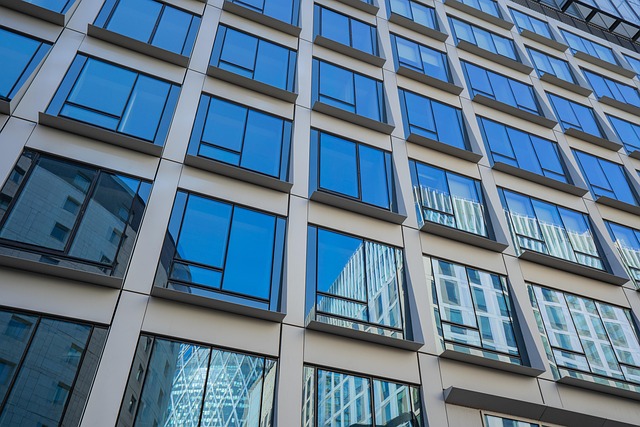
In warehouses, heat stratification is a common issue that can significantly impact indoor environments and operational efficiency. As warm air tends to rise and cool air sinks, temperature variations develop, creating layers or ‘stratifications’ within the space. This phenomenon is particularly pronounced in larger, uninsulated warehouses where external heat gains and natural convection contribute to uneven temperature distributions. Poor thermal stratification leads to uncomfortable working conditions for employees, increases energy consumption, and can hinder optimal operations, especially in commercial and industrial settings.
Industrial destratification fans emerge as a powerful solution to combat this challenge. These specialized fans employ advanced air mixing technology to disrupt the natural convection process, redistributing warm air and promoting uniform temperature control throughout the warehouse. By enhancing HVAC efficiency and improving air circulation, they offer substantial energy savings compared to traditional ceiling-mounted fans. This not only optimizes cooling performance but also creates a more comfortable, productive, and cost-effective working environment for various commercial applications.
The Role of Destratification Fans

Destratification fans play a pivotal role in combating heat stratification within warehouses and industrial spaces. This phenomenon, where warmer air rises to the ceiling while cooler air remains near the floor, can significantly impact indoor comfort and productivity. By utilizing these specialized fans, facilities can achieve more uniform air distribution and temperature control.
These fans are designed with advanced air mixing technology, ensuring optimal ventilation and circulation. Ceiling-mounted destratification fans efficiently redistribute warm air, preventing it from accumulating at higher levels. This process not only enhances thermal stratification but also offers substantial energy savings and improves HVAC efficiency. In commercial applications, such as large industrial warehouses, proper air circulation is essential for maintaining a comfortable environment, reducing the need for excessive heating or cooling, and ultimately contributing to sustainable practices.
Key Features to Consider for Effective Destratification
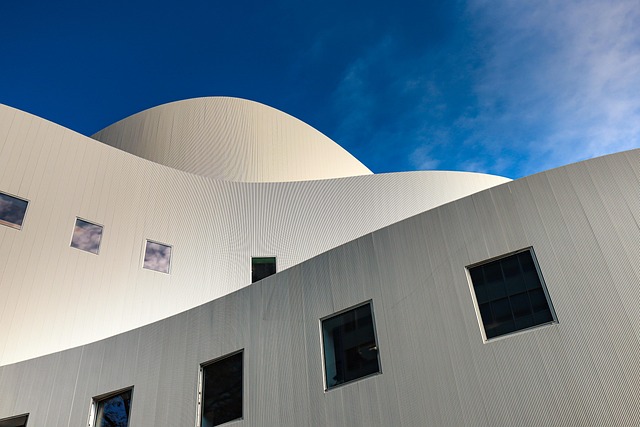
When selecting destratification fans for warehouse applications, several key features ensure optimal performance in combating thermal stratification. First and foremost, look for destrativication fans with powerful air circulation capabilities—typically measured in cubic feet per minute (CFM)—to effectively move large volumes of air throughout the space. This robust air mixing technology is essential for redistributing warm air and promoting uniform temperature control.
Additionally, consider ceiling-mounted fan designs tailored for industrial cooling applications, offering energy savings and enhanced HVAC efficiency. These fans often incorporate innovative air distribution features, such as adjustable blades or unique fan configurations, to maximize coverage and minimize hot spots. Such advanced technologies contribute to improved temperature control while promoting operational cost savings in commercial settings.
Implementing Destratification Fans: Best Practices

Implementing destratification fans is a strategic move to combat thermal stratification in warehouses, ensuring optimal air circulation and temperature control. The best practice begins with assessing the warehouse layout and identifying hot spots, as heat tends to rise, creating layers of warm air at different heights. Ceiling-mounted destratification fans are strategically placed to disrupt these layers, redistributing warm air throughout the space. This process enhances HVAC efficiency by allowing for better temperature control, reducing energy savings without compromising on comfort.
For effective implementation, consider the size and ventilation requirements of your warehouse. Larger facilities may necessitate more powerful ceiling-mounted fans capable of generating robust air mixing technology. In commercial applications, regular maintenance is key to ensuring these fans function optimally, thereby enhancing industrial cooling and maintaining a consistent environment for efficient operations.
In conclusion, industrial destratification fans play a pivotal role in combating heat stratification within warehouses. By understanding the causes and impacts of this phenomenon, we can effectively employ these fans to create a more uniform temperature distribution. When selecting destratification fans, considering key features such as airflow, noise levels, and energy efficiency is essential for optimal performance. Following best practices during implementation ensures these fans live up to their potential, fostering a comfortable and productive environment in even the largest warehouses.










